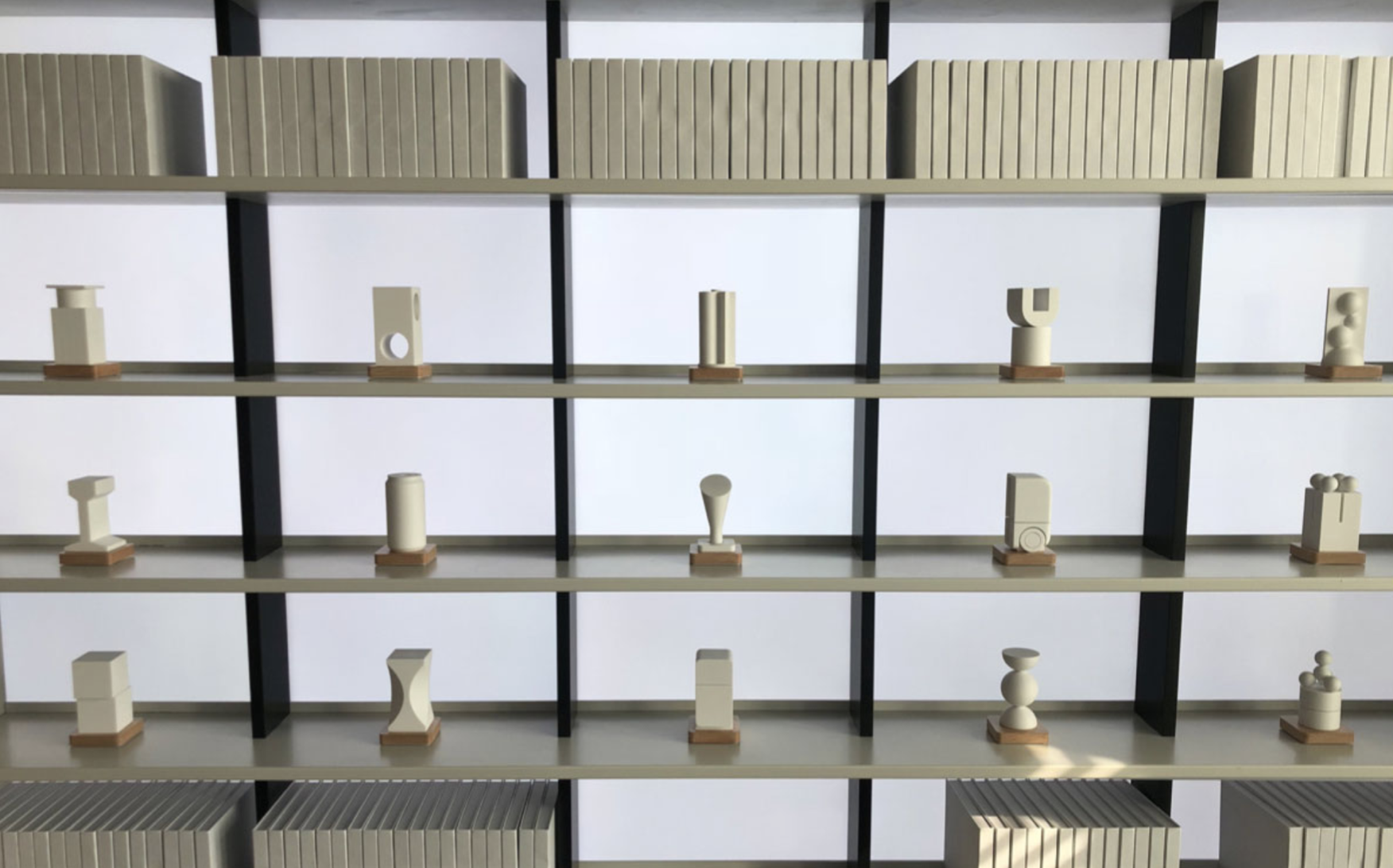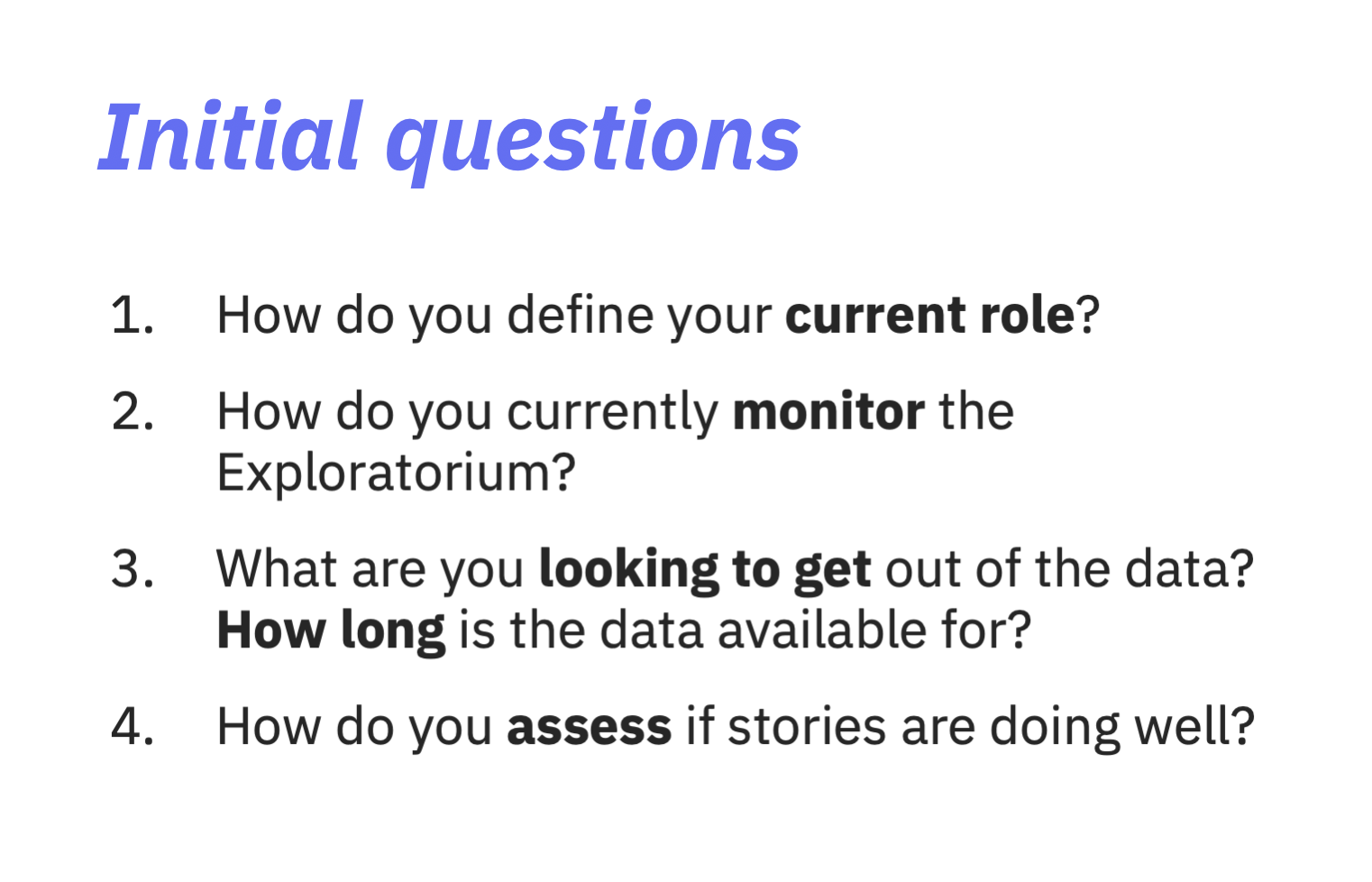team & role --
UX Designer and Researcher
Primary research, research plan, usability testing, revised information architecture, low-fidelity to hi-fidelity wireframes
Gabriel De Carvalho Souza (Front-end developer), Abigail Wise (Data science), Pedro Spadacini (Back-end developer)















